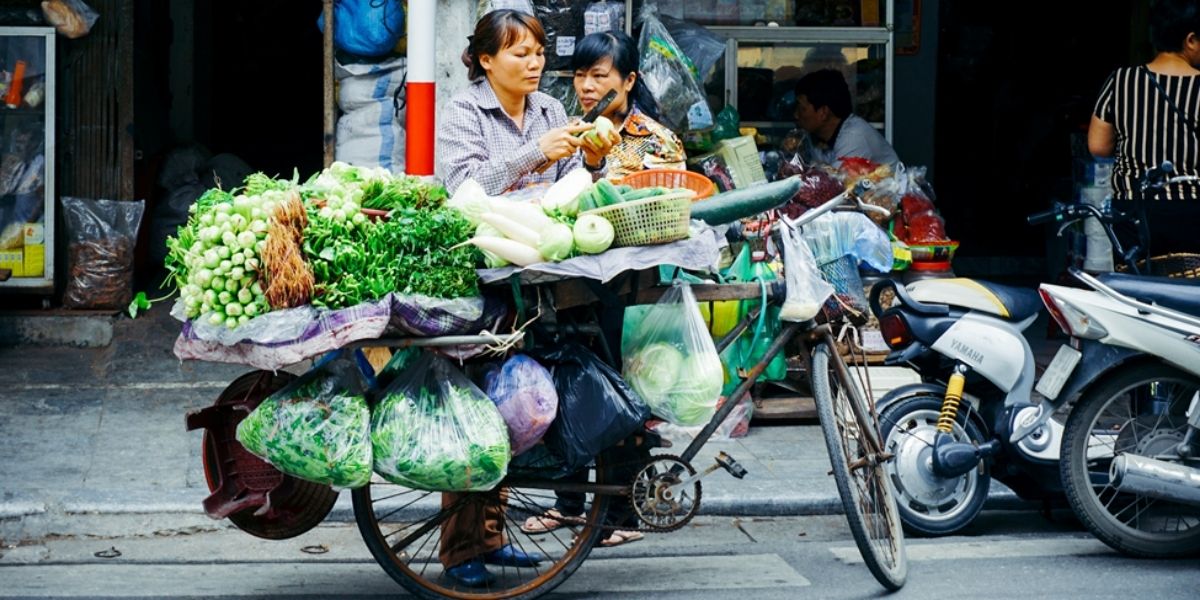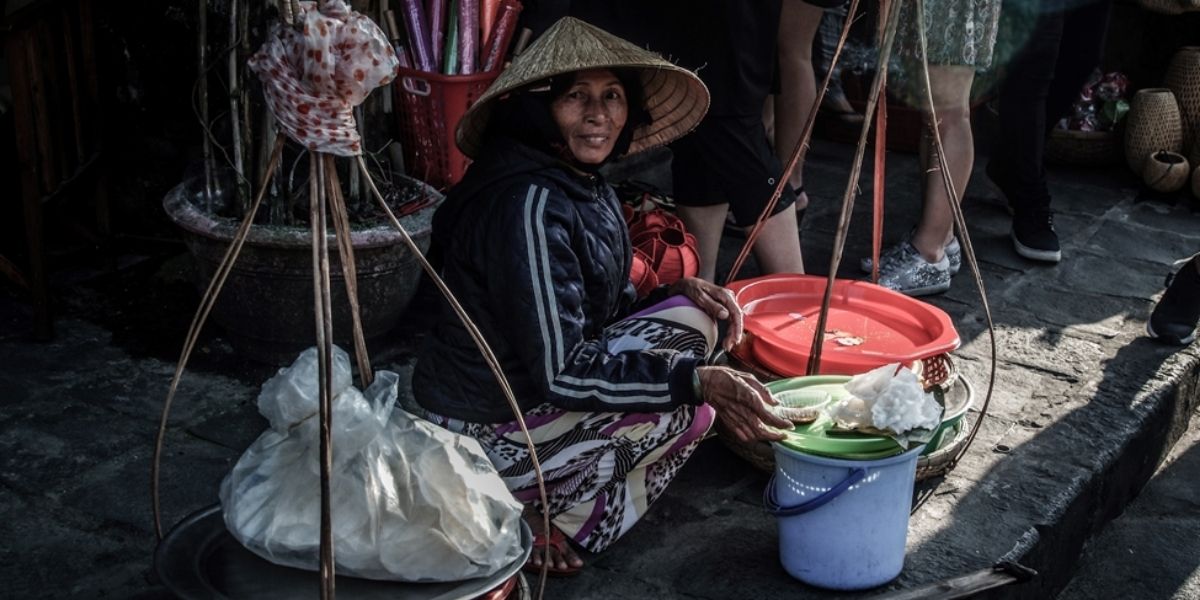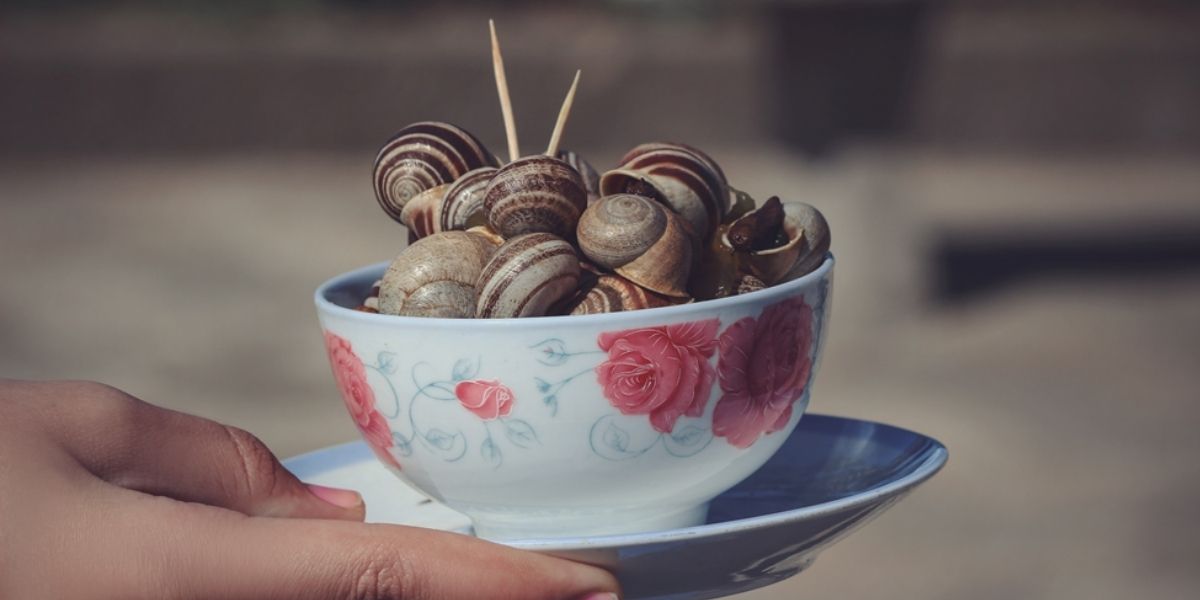
A plant-based recipe to celebrate great chefs around the world
This International Chef's Day, we're raising a fork to the hard-working and passionate chefs across the world, including Le Cordon Bleu chefs in training, ...
Chef and author Anthony Bourdain once said, “I do not believe in love at first sight. I think you can make a case for love at first smell. And the smells of Vietnam are unlike anything I’ve ever smelled before.” Anyone who has fallen in love with this country can agree this analysis is spot on, and its culinary rapport can be traced back to a singular, modest, and unifying ingredient. 
Jack Young - Unsplash
When you first turn the corner onto the famed Walking Street in Saigon, Vietnam, the smell may not be the first of the five senses that comes to mind. Passing the inept karaoke singers, flashing neon lights, and underage fire breathers, it is understandable that one could miss the petite woman frying an assortment of snails in a large wok on a small stand on a nondescript street corner. But, if you can find her, the sweet and sticky aroma of lemongrass and garlic will be the memory that lingers.
In November of 2019, I was lucky enough to have my own ‘a-ha’ moment enjoying this street-side delicacy myself. After shuffling along the country with a tour group for two weeks prior, frequenting restaurants that clearly catered to the Western American palette, I snuck off on my own in search of the real flavors of Saigon. Using the Google Translate app on my phone, I asked the woman with a kind smile on Walking Street to make me whatever she pleased. As I sat crouched on a sunflower pastel stool, slurping away at this foreign treat, I realized that my interaction with her, and this simple meal of snails in a Styrofoam container, was the dearest memory I would be taking home with me. 
Nam Hoang - Unsplash
The consumption of snails in Vietnam has a long-standing history. According to Rice and Baguette: A History of Food in Vietnam, the Vietnamese people have been eating snails for thousands of years, long before the French took control of the country in the 1800s. Eating snails is considered a national past-time in Vietnam and an essential indoctrination into the eating and drinking culture of the country. Unlike the French, who have popularized escargot, or land snails, Vietnamese people enjoy what they refer to as Ôc, or sea snails. Aside from the massive difference in price tag as compared to the French, the culture surrounding these shelled gastropods are also miles apart.
While French escargot has gained a reputation of prestige and luxury, often costing more than 50 Euros for a plate of 12 delicately prepared crustaceans, the Vietnamese have a much more casual approach. Perched upon miniature plastic stools, chucking snail shells on the ground like peanuts at an American baseball game, drinking copious amounts of light, refreshing Hanoi or Saigon beer, this is how the Vietnamese relax and spend quality time with friends and family.
This concept of Nhâu, or eating and drinking together, exemplifies the Vietnamese peoples’ warm smiles, open arms, and tenacity to make something from anything. The sophistication and complexity of the seasonings and aromas used are on par with any high-end restaurant, but the Vietnamese culture of simply eating together is what sets these dishes apart in a spectacularly humble way.
It is estimated that in Saigon alone, there are well over 100 restaurants or food stands specializing in snails. In fact, in 2018, Duong Ba Trac Snail Street in Saigon was officially declared as a ‘food street’, a haven for both locals and tourists to come and try one of the countries most beloved dishes. Eaten chewy, slippery, meaty, or even crunchy, customers can choose from a variety of herbs, spices, and cooking techniques, providing endless combinations to jazz up otherwise somewhat bland ‘naked’ snails. Popular options include the common periwinkle snail, sweet snail, melo melo, and garlic snail. No matter which combination you decide to try, you will be met with a robust meal that somehow never leaves you feeling bloated.
Toasted ocean crab legs with chili and salt are also a welcome addition to the mixture, with the contrasting textures creating a playground for all of the senses. Joining forces with bitter morning glory, fragrant lemongrass, fresh green onions, buttery corn, and each unique vendor’s special sauces, is what gives every dish its own rare flavour experience. One of the most exciting things about engaging with this culinary treat is you can always discover something new. 
Aziz Acharki - Unsplash
Hearty, complex, and yet beautifully simple, enjoying snails the traditional Vietnamese way is something that anyone looking to engage with the true local culture must take advantage of. Although snails may not be the first thing you think to eat when visiting Vietnam, if the opportunity in your life comes to take perch on a low plastic stool, eat something new out of a bowl, and watch the world go by, it is highly recommended that you take it.
About the author: When she isn’t watching ice hockey or eating poutine, Karina enjoys anything that has to do arts and culture, and understanding how they bring people together. Passionate about food and wine culture, food sustainability, and gastronomy, Karina strives to shine a light on the unsung heroes of every community. A difficult person to keep track of, she bounces around the globe making friends, drinking wine, and sarcastically saying sorry.
You can follow Karina on her social media sites: Instagram @the world foodsociety or Linkedin
This article is the work of Le Cordon Bleu Online Learning 10-Week Food Writing for Publication course participant. Le Cordon Bleu is not responsible for the content. The opinion and views are those of the author.
Copyright © 2025 Le Cordon Bleu International B.V. All Rights Reserved.